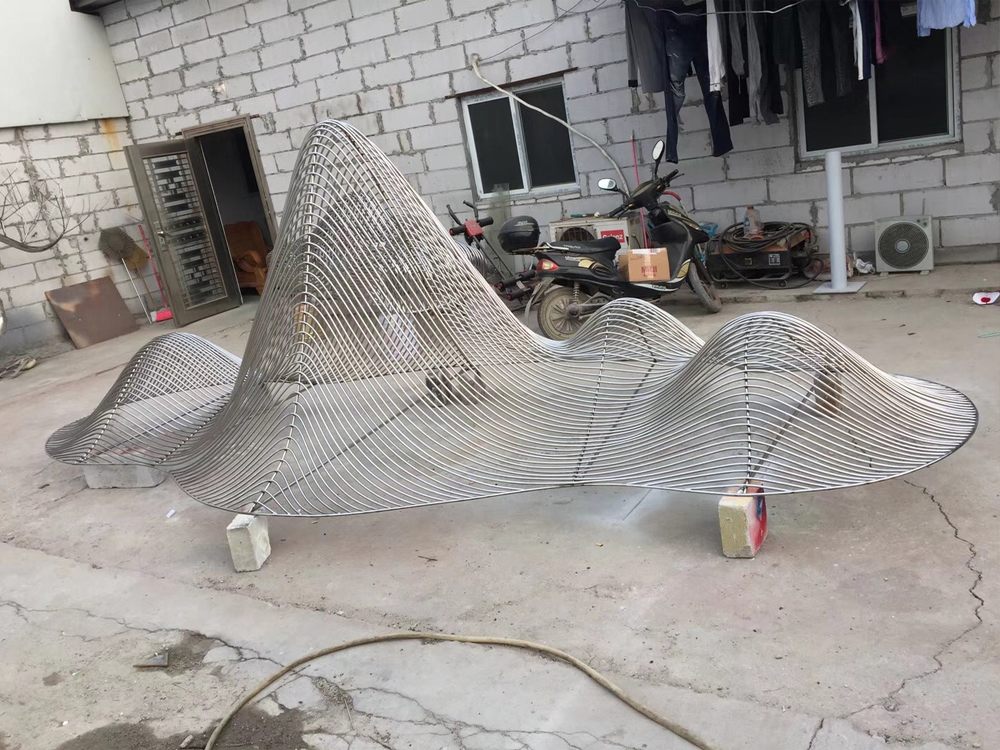
Porcelain, with its delicate and luminous quality, has long been a medium for artists to explore themes of impermanence and decay. Unlike more durable materials, porcelain’s fragility mirrors the transient nature of life, making it a powerful metaphor for vulnerability and the passage of time.
Many contemporary artists intentionally incorporate cracks, breaks, or erosion into their porcelain works to evoke a sense of deterioration. For instance, some sculptors expose their pieces to natural elements, allowing weather and time to alter the surface, creating organic patterns of decay. Others mimic the effects of aging through glazing techniques that simulate rust, patina, or disintegration.
The contrast between porcelain’s pristine whiteness and the marks of wear highlights the tension between beauty and impermanence. Artists like Edmund de Waal and Clare Twomey use fragmented or partially destroyed porcelain installations to question notions of permanence in art and life. Their works invite viewers to reflect on mortality, memory, and the inevitable cycles of creation and destruction.
By embracing fragility, porcelain sculptures become poignant commentaries on the ephemeral. They remind us that decay is not merely an end but a transformative process, revealing new layers of meaning in both art and existence.

